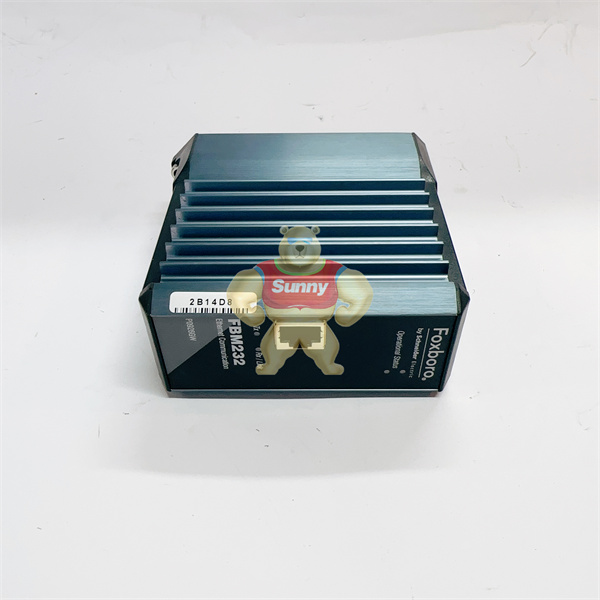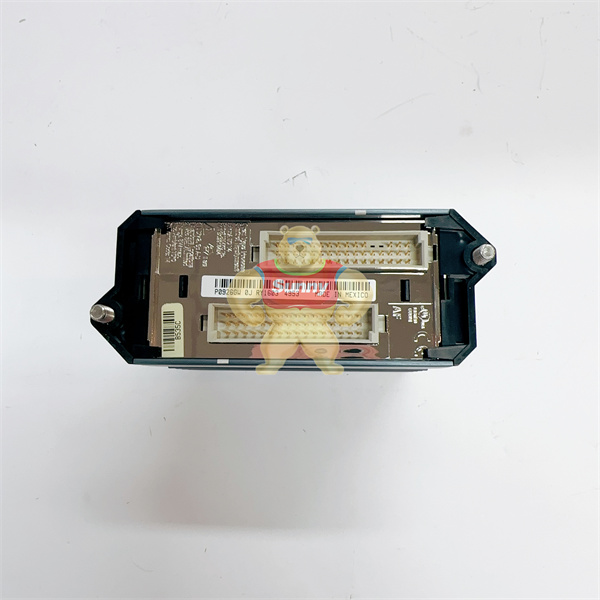1. Improve core competitiveness from the technical aspect
Technology is the source power that leads the development of enterprises. In recent years, the key technical difficulties have been broken through, and the common problems of “bottleneck” in core parts such as reducer, controller and servo motor have been solved successively. The localization rate of core parts has been continuously improved, and an independent and controllable whole industrial chain ecology has been gradually formed. By constantly improving the technology application level and technology reserve capacity, enterprises seize new opportunities, expand new fields, through research and development investment, technology accumulation and technology innovation, technology leading edge is constantly enhanced, improve the core competitiveness. Combined with 5G communication technology, big data, cloud computing and AI technology, industrial robots will achieve more functions in the future, and industrial cloud will serve the real economy more comprehensively, boosting the transformation and upgrading of industrial robots towards the direction of intelligence and networking.
Data showed that the total annual total for 2022 was $30.3 billion, up 10 percent year on year, making it a conservative year for China’s cloud computing market. The 2022 growth rate represents a marked decline from the strong performance of the past few years. Spending is expected to reach $33.9 billion in 2023, up about 12 percent from the previous year.
2. Optimize the structure and expand the application range
China’s industrial robot industry needs to optimize the structure and function of robots, improve product quality and performance through technological innovation and independent research and development. At the same time, it needs to further expand the application fields of robots from traditional fields such as automobile manufacturing and electronics to emerging fields such as medical care, agriculture and service, and from low-end or mid-end products to high-end or customized products.

FBM232 P0926GW

FBM232 P0926GW

FBM232 P0926GW
In recent years, domestic manufacturers have overcome some problems in the field of core parts, and the application degree of domestic core parts is constantly improving. From the application classification, handling robot and welding robot is the most used two kinds of industrial robots, accounting for 44.4% and 18.5% respectively. Followed by assembly robot, cleaning robot, sorting robot and processing robot, accounting for 12.0%, 6.2%, 2.1% and 1.4% respectively.
3. Strengthen brand building and enhance corporate influence
Chinese industrial robot enterprises should strengthen brand building and enhance brand influence. Brand is an important asset of enterprises and one of the important criteria for consumers to choose products. Strengthen brand building and marketing to enhance the influence and competitiveness of Chinese robot brands. With the improvement of product quality and performance, as well as the improvement of service level and user experience, it will gradually gain the recognition and trust of users at home and abroad, and achieve greater breakthrough and success in the international market.
4. Expand scale and increase market share
Enterprises can improve product performance and quality by reducing product cost and price, so as to meet market demand and increase market share. It is expected that by 2025, China’s industrial robot market will account for more than 40 percent of the world market share. China will become the world’s largest and most dynamic market for robots in industrial fields.
 1 Year Warranty
1 Year Warranty





